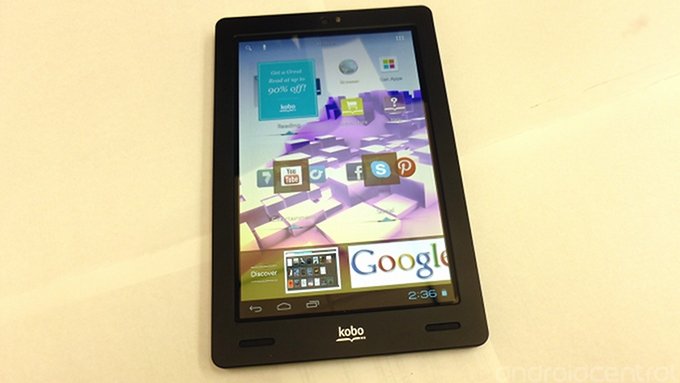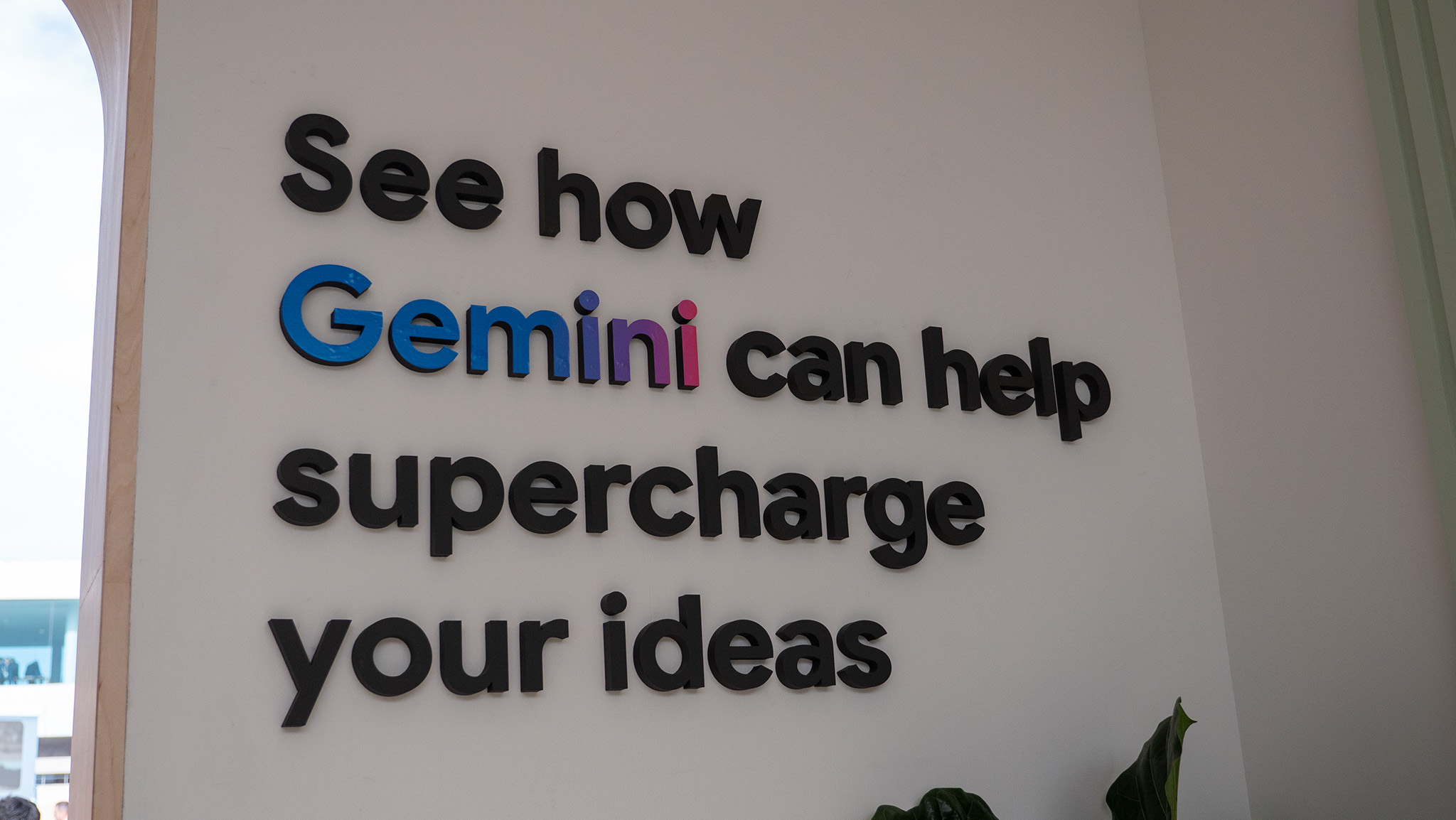Initial hands on and first impressions of the Kobo Arc

Back in late August, we received an invite to a press event being held during the IFA 2012 show in Berlin. Nothing out of the ordinary there, after all, press events are the bread and butter of such shows. This one was a little different though, it came from Kobo, better known for their e-readers and their e-book store. Kobo has ventured into the Android world before, with the less than impressive Vox. Despite gaining Google certification during its life, the Vox was a little limp as an Android tablet.
What Kobo had to show us this time though was something quite different. The Arc was immediately noticable as a huge leap forward from the Vox. A 7-inch device, with a 1280x800 resolution display, front facing stereo speakers, Android 4.0 and the full Google suite of applications this time straight out of the box. Underneath, a 1.5GHz dual-core OMAP 4470 processor, 1GB of RAM and 16, 32 or a whopping 64GB of storage. Click on past the break for some first impressions and hands on with the device.
We'll lay it out on the table straight away -- the biggest problem with the Arc, is the Google Nexus 7. It's the same issue that faces a number of tablets, the Kindle Fire range included. Google did so much, at such an incredible price point, with an Android head on it's hard to imagine using anything else.
Without so much of an Android head on, there is a slightly more compelling case to pick up the Arc over the Kindle Fire or the Nexus 7. The 64GB version is one such reason. The Arc is all about content consumption -- which led to the development of the Tapestries custom UI -- and such amounts of storage sit well with consuming content. The only issue is the apparent lack of availability of the 64GB Arc. In the UK for example, this version isn't available via the official retail partner, WHSmiths. In Canada though, the home of Kobo, the 64GB version is $299.99, which is a pretty sweet price point to hit. If you can find one.
We'll be taking a more detailed look at the software in the full review, but Kobo has put a lot of thought into offering something different and user friendly. They call it Tapestries, and in its simplest form is a way of arranging your content into categories that suit your own personal tastes. It goes beyond just creating folders though. Besides pinning widgets and apps to each Tapestry, you can pin web articles, pictures, books, music, movies, just about anything. So, if say you created a Tapestry to organise all your tech-bloggy type content and apps, you'd be able to pin individual articles -- like Alex's killer Samsung Galaxy Camera review -- to that individual Tapestry. It's all about organising your content you the way you want it.
Underneath all this, the Arc runs Android 4.0.4, which may be disappointing to some. Will an average consumer be that concerned? Perhaps not, but the good news either way is that a Jelly Bean update is already in the works.
Another point worth noting is the screen. The Vox had a pretty average looking display, but things have been stepped up dramatically for the Arc. The 7-inch, 1280x800 resolution display has a PPI of 215, which matches the Nexus 7 and Kindle Fire HD, and is considerably higher than that of the iPad Mini. It's a really nice display.
Get the latest news from Android Central, your trusted companion in the world of Android
With the positives also come a few less pleasing areas. The location of the 3.5mm headphone jack for example seems a little strange. Instead of being on the top or bottom -- as is the norm -- on the Arc it's located on one side of the device next to the volume rocker. If you run the Arc 'naked' it may not become much of an inconvenience. But, stick a case on it and you'll be less pleased, especially a generic tablet case. We've yet to see one of Kobo's OEM cases for the Arc in the flesh, but unless it has a suitable hole for the headphone jack in the side, it's a bit of a flaw.
The screen as well has it's downsides. While the actual display is superb, the bezel is less so. There is a ridge between the screen and the bezel, it doesn't run as one piece of glass from edge-to-edge as on the Nexus 7. For a device that will be aimed at a lot of reading e-books, swiping left and right is a little more awkward on the Arc.
That said though, first impressions are surprisingly good. While Kobo has no doubts stepped up their game since the Vox, they're not exactly an established tablet manufacturer. The Arc is a very good second attempt in the space though. We'll be spending a little time getting to know it a bit better, so be sure to stick around for the full review. In the meantime, check out our first hands on below.

